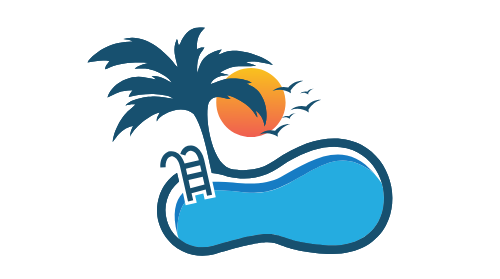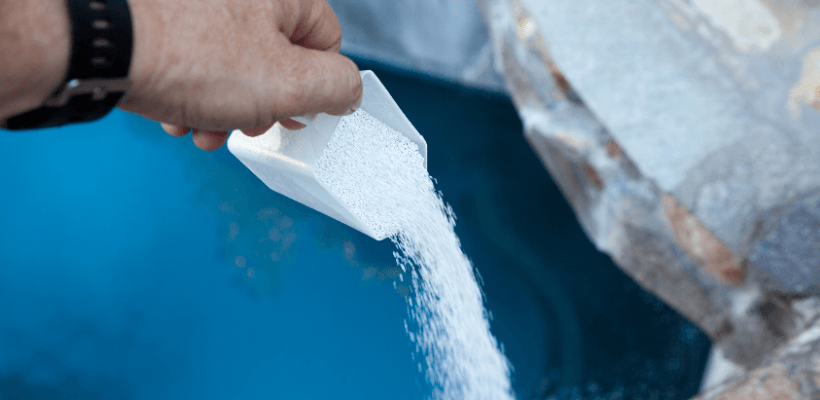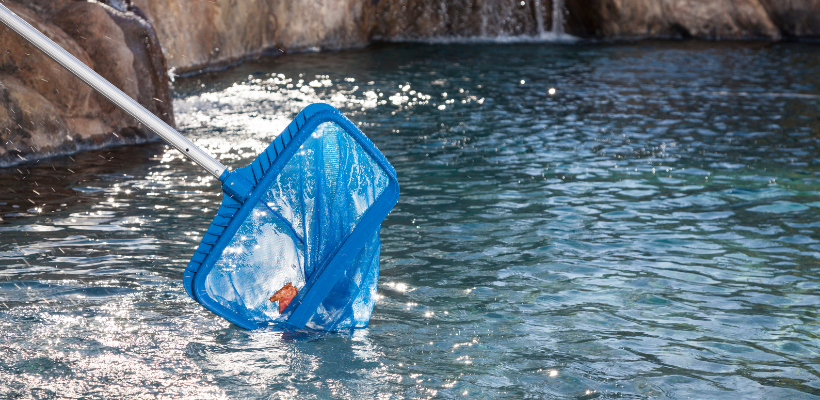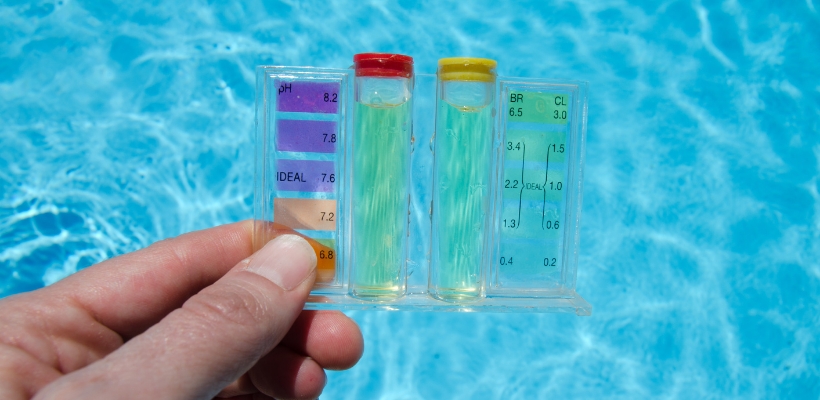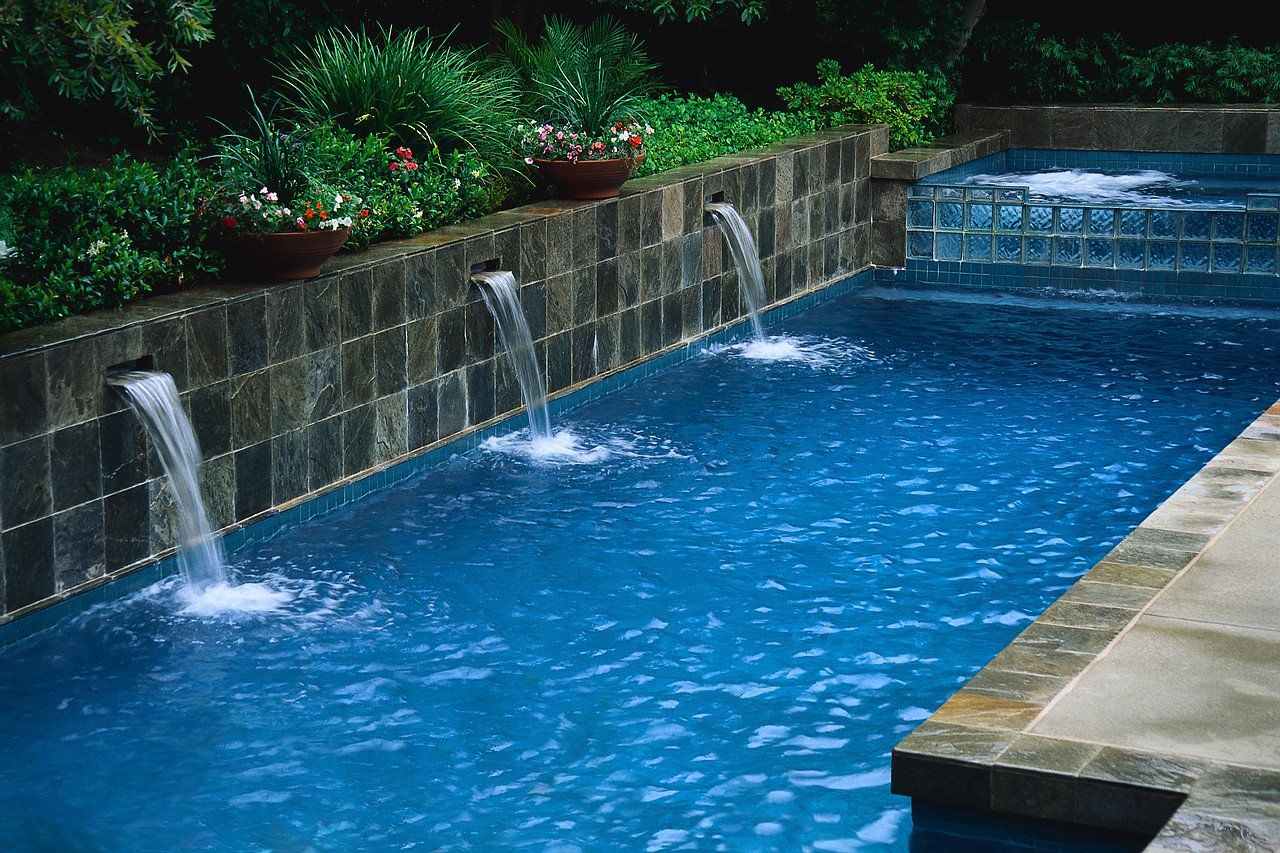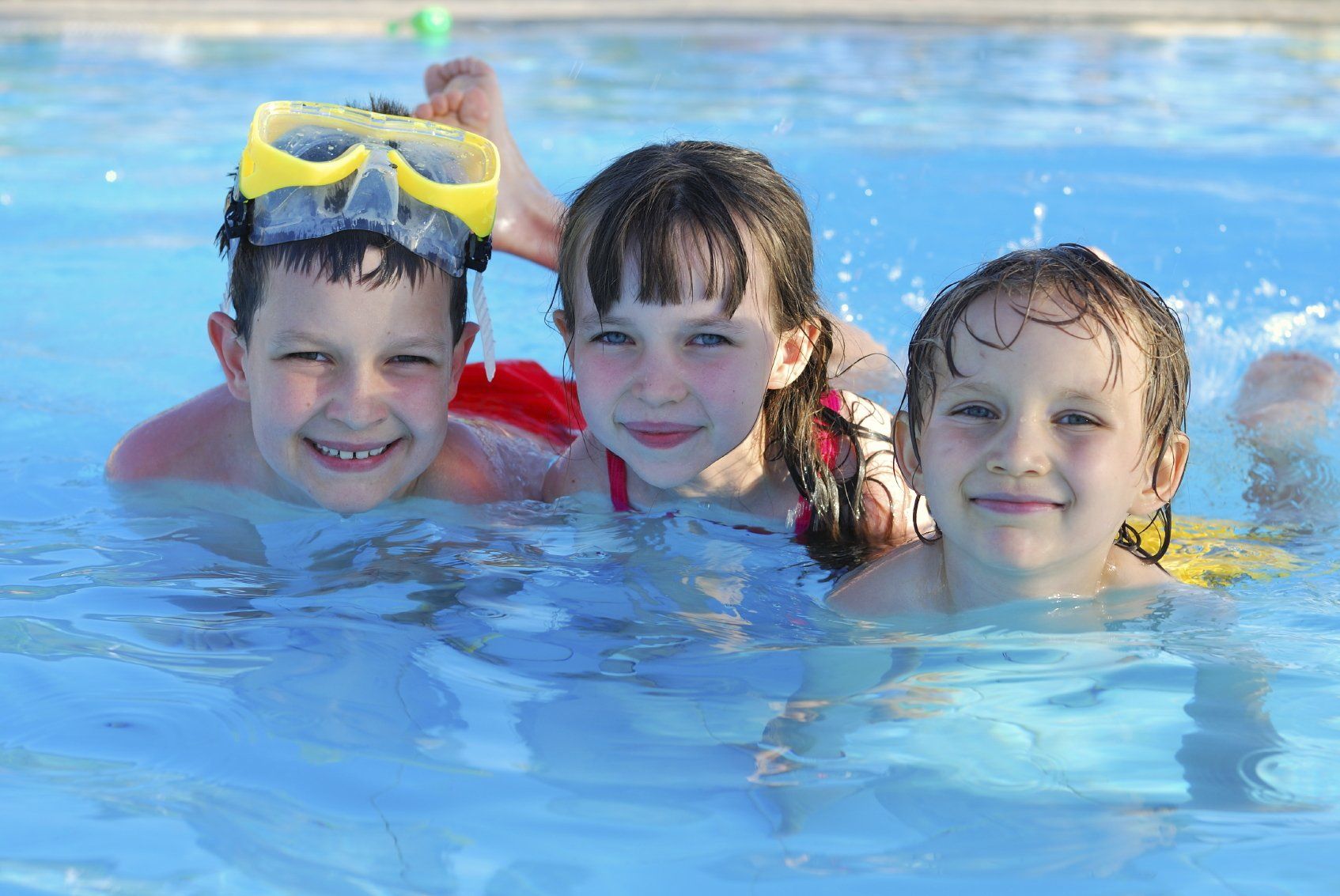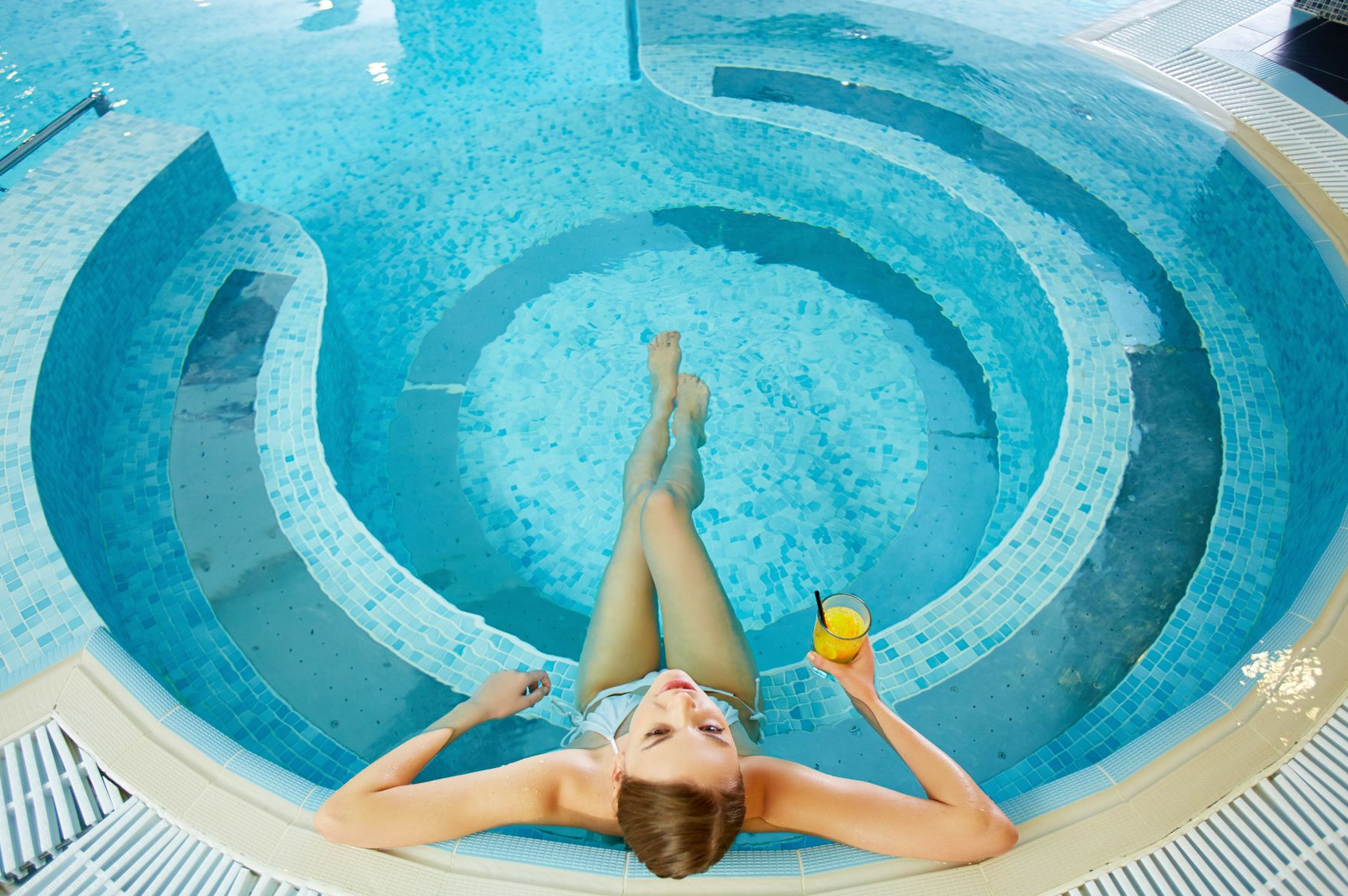7 THINGS TO DO TO YOUR POOL AFTER IT RAINS
Quick question: have you ever thought, or wondered, if there is something you ought to do to your swimming pool after heavy rains? If you haven’t, then I think it’s high time you start doing, as this should be a concern to every single pool owner. The reason being, every time it rains, your pool tends to undergo quite a number of changes when it comes to both its physical and chemical level.
Not only does rainwater affect the alkalinity and pH levels, but it also adds more water in your pool – water that you don’t need – especially when the rainfall is in excess. Not to mention all the materials the rainwater sweeps into your pool.
In this article, we will show you a few things you need to do to your pool when it rains in order to avoid a chemistry nightmare in your pool, and also keep your pool water clean and ready for use. They include:
Check your water level – so, this is the very first thing you need to do as the pool owner every time it rains. Especially if it was a hurricane or a major storm. Chances are that the water level has surpassed the point where it should be, which is the center of your skimmer’s opening.
And if this is the case, the functioning of the entire pool will be affected – from water filtration to the pool chemistry. Fixing this is pretty easy; just
drain your pool gradually to bring the water level down - that is if it’s past the mid skimmer level. You will need a pool pump to do this. Here is what you need to do to drain water from your pool;
* Set your pump to ‘backwash’ or ‘waste’
* Connect your backwash hose
* Turn your pool pump on
* Pay attention to the water level as you empty the pool
* Once the pool water is at mid-level of the skimmer, stop the pump.
A pool is not only great fun but wonderful addition to any home. However, problems can occur if you don't take proper care of it. Check out these common pool problems and how to avoid them.
Swimming is the fourth most popular sport in the United States. According to the United States Census Bureau, there are 10.4 million residential and 309,000 public swimming pools in the U.S.
Many people who live in the United States own a residential swimming pool, and millions of those pools are heated. You are lucky. 36% of kids and teens and 15% of adults swim at least half a dozen times per year.
There are many ways to maintain a swimming pool, from weekly cleaning to deep-cleaning once a year. Pool problems can be discouraging, but here's the good news: you don't have to let them ruin your game.
It's inevitable. Just be aware of the most common issues and know how to avoid them. We've made this quick and easy for you to get up and running right away.
Here are some issues that you might see if you have a pool:
Shock the pool – even though it is not yet time to fix your pool’s chemistry, there is nothing wrong with boosting your pool water a little bit. See, after heavy rainfall, the chlorine levels in your pool tends to be low, which is mostly due to many contaminants brought in the pool by rainwater. So, when you shock the pool, you replenish the lost chlorine.
And yes, one shock treatment might not be enough to fully balance your pool water, but the thing is, it will work behind the scenes as you continue working on your pool. Maybe you are wondering whether it’s safe to shock your pool when it’s raining, and the answer is an absolute yes! But the thing is, due to the presence of contaminants brought by rainwater, shocking your pool during this time won’t be as effective as when you do it during the dry season.
Skim surface debris – when you look at your pool and see something floating on the water’s surface, you need to skim it out, and you need to do it immediately. If you wait for too long, it will sink to the pool floor. And if it remains longer, chances are that it will soak up all the chlorine in the pool water, ruining the crystal clear water that you love so much. In most cases, you find that debris on the pool surface is limited to leaves, bugs, and twigs, and so, you should ensure that you clear all of them before they render your pool unusable.
Brush and vacuum the pool floor – now, once you clear everything from the water surface, you need to focus your attention on the floor of the pool. Scrub thoroughly and then hook your vacuum to the skimmer and carefully clean the pool floor. You need to vacuum across the pool floor – the full length – if you want to get the best results. And you are using an automatic cleaner, then well and good, just drop it in the pool and then leave it to do the rest. And in case you don’t have a vacuum, you can just utilize a brush to push the debris on the pool floor towards the main drain, where it will get sucked up and sent straight to the pool filters.
Test your water
– out of all the things you are supposed to do to your pool when it rains, we consider this one to be the most crucial step. See, testing your pool water is the key to ensuring that your pool water remains crystal clean going forward. Not to mention that it prevents the water from changing color, you know, green or cloudy white.
Adjust chemicals to rebalance your water – it is after testing the water that you are able to know the chemicals that need to be adjusted the most, and you will do so accordingly. In most cases, it is highly recommended that you start with TA, since it stabilizes the pH, and then after that, the pH, CA, and lastly, the sanitizer.
So if you want your pool services done right the first time, give us a call and we will make time to answer all your questions!
